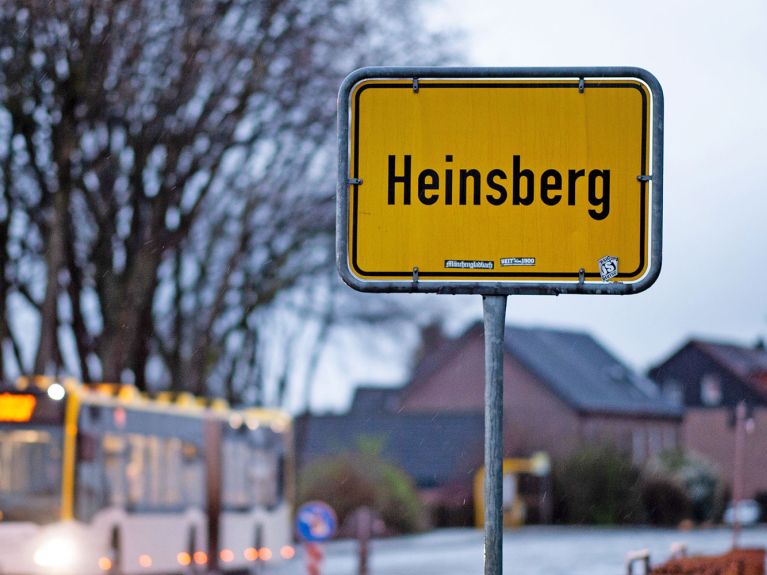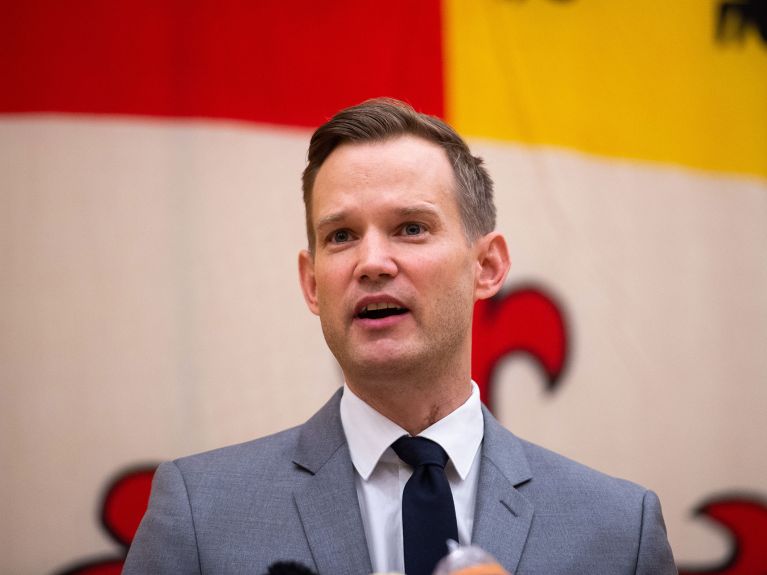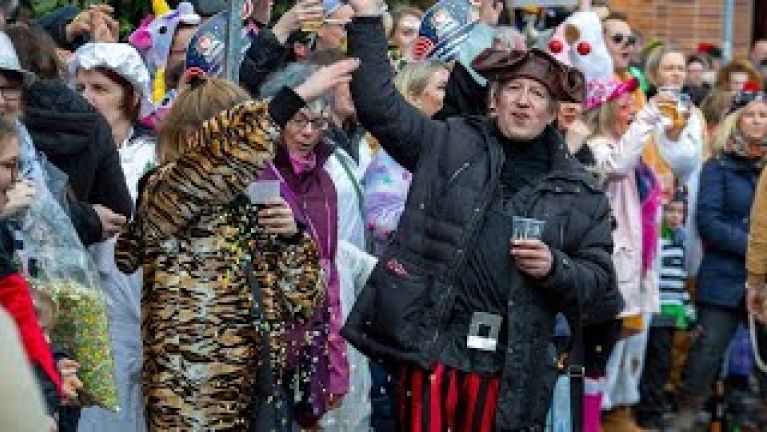Exit from the “contact ban”
What kinds of restrictions are meaningful during the corona crisis? This is what virologists would like to find out in the small municipality of Heinsberg.

Of all times it was during Carnival week that the first large COVID-19 outbreak occurred in Germany – in Heinsberg, a municipality in North Rhine-Westphalia. Although the authorities responded swiftly, closing schools and imposing quarantine, as subsequent tests have confirmed, some 1,500 people were infected with the virus. A comparison of the spread of infections in Heinsberg with the figures from the rest of Germany has led experts to assume that Heinsberg is roughly two and a half weeks ahead of the rest of the country with regard to the development of corona. For example, new infections there have already slowed down considerably in recent days.
Heinsberg as a model region for the whole of Germany
That is why the region has now become the subject of a large research project with researchers in Heinsberg seeking to gain insights into ways of managing the infection. Armin Laschet, the Minister President of North Rhine-Westphalia, has said that Heinsberg could serve as a model region to “investigate scientifically which of the implemented measures and profound interventions in citizens’ lives continue to make virological and epidemiological sense and which do not.”
The COVID-19 Case Cluster Study, which is conducting the scientific research in Heinsberg, is led by Hendrik Streeck, a virologist from the University of Bonn. He has been attempting to gain a better understanding of the virus since 30 March. “Which measures are meaningful? Where can we loosen measures? These questions can only be answered with facts, and those are what we want to obtain in the coming weeks,” said Streeck at a press conference.
Dieses YouTube-Video kann in einem neuen Tab abgespielt werden
YouTube öffnenThird party content
We use YouTube to embed content that may collect data about your activity. Please review the details and accept the service to see this content.
Open consent formDetermining the number of hidden corona infections
Forty medical students from the University of Bonn are examining 1,000 selected individuals from the Heinsberg District. “They are gathering data using questionnaires, taking swabs, collecting saliva and taking blood samples,” explains Streeck. The researchers want to determine the number of hidden corona infections in a small group of test persons in order to be able to use these findings to make reliable projections for other regions and countries. You can only calculate how dangerous and deadly the virus actually is when you know the number of hidden cases. In addition to this, the virologists are also carrying out tests to find out whether the virus can be spread by everyday objects, such as smartphones, sanitary facilities, food or even pets. That is how they want to find out not only how people become infected, but also above all: “Who doesn’t become infected and why,” says Streeck.
The Heinsberg District offers a chance to collect information for the rest of Germany.
The scientists aim to deliver facts for the Government as soon as possible. Although the data gathering phase has been set to last four weeks, Streeck is already reckoning with first reliable data within a shorter time span. “We hope the study will take no longer than two weeks and that we’ll already be able to pass on initial findings to the Government at the end of the first week.”

“The Heinsberg District offers a chance to collect information for the rest of Germany and provide practical advice on how to deal with SARS-CoV-2 in the future and how we can achieve further containment without life coming to a standstill in coming years,” says Streeck.

